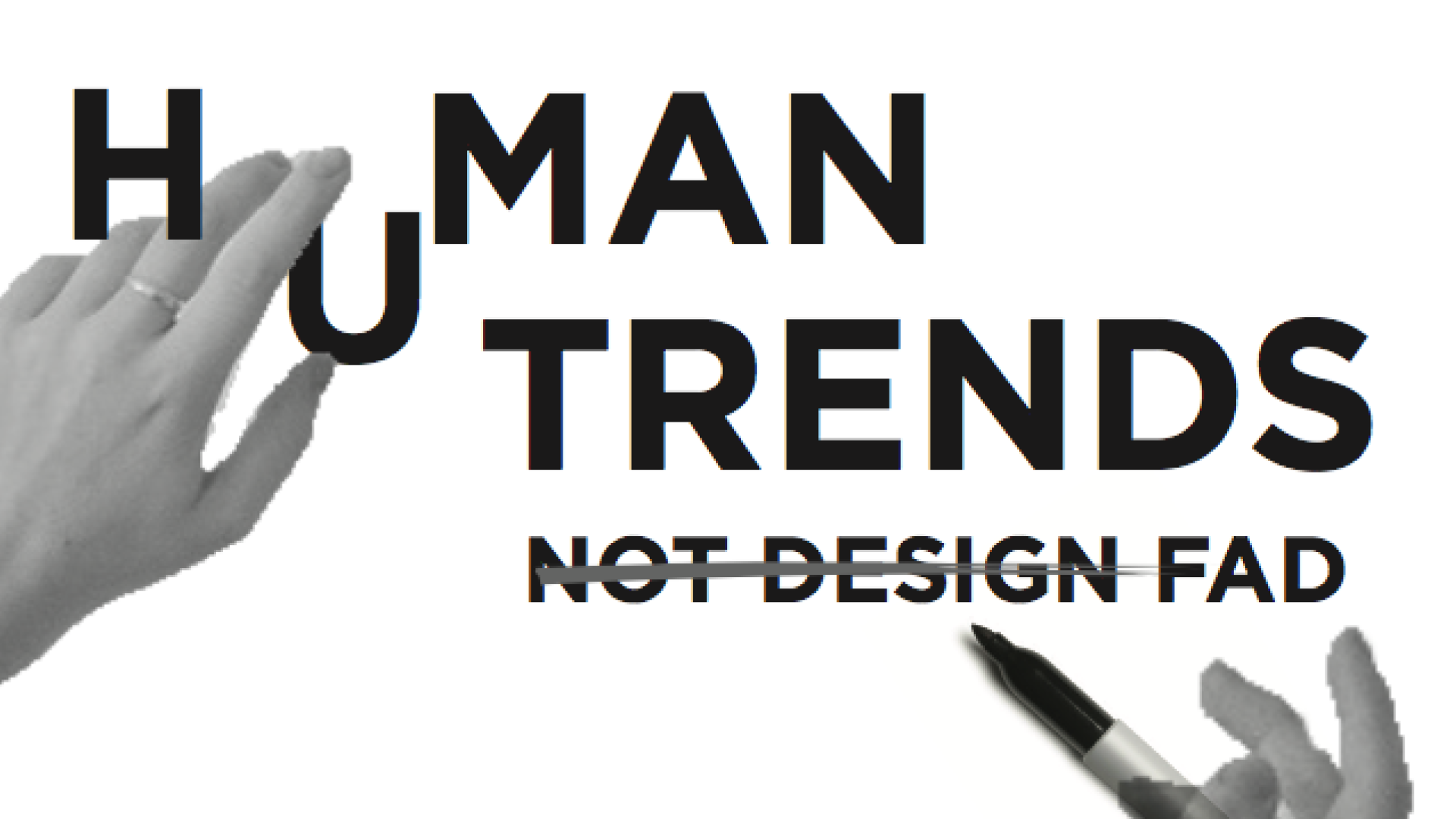This article appeared in the Autum 2018 edition of Idealog magazine
It might surprise you to know that, even though I run a design agency, I loathe the notion of latest design trends. In my view, they promote a distorted view of what effective design is and unnecessarily emphasise the tactical components of design rather than the outcomes they deliver. I am particularly frustrated when (mostly junior) creatives suggest a design that is a blatant homage to the look our industry is currently obsessed with. This leads to lazy, unoriginal design not driven by the needs of the client or the audience we are trying to engage.
I therefore hesitated when asked to write a ‘latest design trends’ article. So often these articles just represent the writer’s opinions and preferences on what is “hot right now.” I just couldn’t bring myself to do this, so if you’re expecting recommendations on a particular shade of beetroot red or a kerning style then this isn’t the article for you.
Good design is as much a study of human psychology as it is a technical skill. For me, design trends represent shifts in consumer preferences and behaviours. They are driven by cultural and social changes, technology, new channels and mediums and changing consumer demographics. So my design trends aren’t the hot new thing but fundamental consumer shifts that inform the way we should be approaching all design communications.
Think human. Seek engagement. Be authentic and responsible. Tell stories. Go simple.
Think human. Based on a number of well known design-thinking philosophies, human centric design has grown as an idea thanks largely to the user experience (UX/UI) emphasis in web design. The core idea though extends to all design – put the needs of your audience at the forefront of the design.
Start with the underlying human need that the design is looking to address, both physical and emotional. This immediately gives you a sense of the tone and feel needed. Then think about the user’s journey. What leads them to your communication and why? Is this the communication piece that creates that desire to buy or the rational follow-up that convinces the head that it’s okay to buy what the heart wants? And finally, think about how the end audience will interact with your communication. Always work with audience expectations, creating an easy, intuitive and natural interaction.
Seek engagement. In the last decade, we’ve seen a huge drive to digital. It’s reshaped advertising, direct marketing and PR and the way we think about design and branding. Digital offers reach and cost-efficiency but often it’s at the expense of audience engagement. And that’s why in some areas we’ve seen a shift back to using more physical mediums to connect with audience. This manifests in simple things like a handwritten note, a clever direct mail piece or sending a printed newsletter rather than firing another email into a crowded inbox.
At the more complex end, it’s about creating experiences that audiences can interact with, immersing themselves in your brand. This trend is influencing the design of physical spaces like office and shop fit outs. It’s also driving the growth of temporary spaces, like containers, as experience centres that utilise both physical and virtual reality (VR) to create full-sensory experiences. With VR spanning the digital and physical worlds, and its growing accessibility, we see this becoming a leading force for delivering more meaningful audience engagements.
Be authentic and responsible. There are some significant social trends that are changing expectation of communications and design. First, there is a move against the over-manufactured reality that we were increasingly fed over the last few decades. Consumers now want authenticity and that means representing everyday people, in real locations and situations using everyday language. Not that there isn’t room for hyperbole, fantasy or escapism, but we can’t keep passing off fake as real.
And there’s a growing sense of responsibility for our actions and those of others. Catalysts like #metoo, global migration and environmental change have consumers looking at communicator’s social purpose, credentials and actions. We must reflect this in design application, through the responsible depiction of gender, race and environment and with more considered application of language and humour.
Tell stories. Ironically, social media with its short word counts has driven growth in story-telling. As Instagram shows us, a picture (and a few words) can tell a powerful, engaging story. It’s facilitated the move from saying things to showing them. Audience’s want organisations to tell stories that demonstrate who they are and what they stand for, allowing audiences to seek alignment with their own beliefs and ideologies.
Designers can learn from social media on how good stories engage audiences. This means capturing those real moments, and the feelings they evoke, as well as finding ways for audiences to become part of the story.
Go simple. Our lives are busy. Email, news and social feeds bombard us constantly across multiple channels and devices. In this cluttered world, getting cut-through and resonance with communications is increasingly difficult. Design can help bring calm and order to this chaotic world and that’s why we are seeing a rise of simpler design approaches. Make it as easy for audiences to engage with less visual clutter, clean colour palettes and typography, good navigation and sign-posting, fewer words and meaningful icons and graphics.
Applying all the above won’t necessarily make your designs more effective in driving audience perceptions or behaviours. As I said earlier, good communication design is about understanding the human psyche and this changes from audience to audience, situation to situation, and brief to brief. However, considering how to apply these (so-called) trends will go a long way to helping solve any design challenge from a consumer-led perspective.

